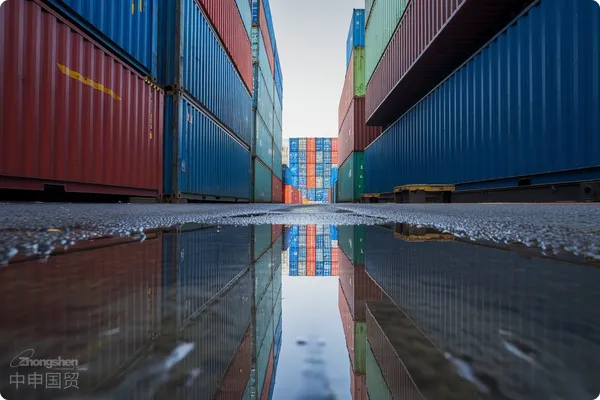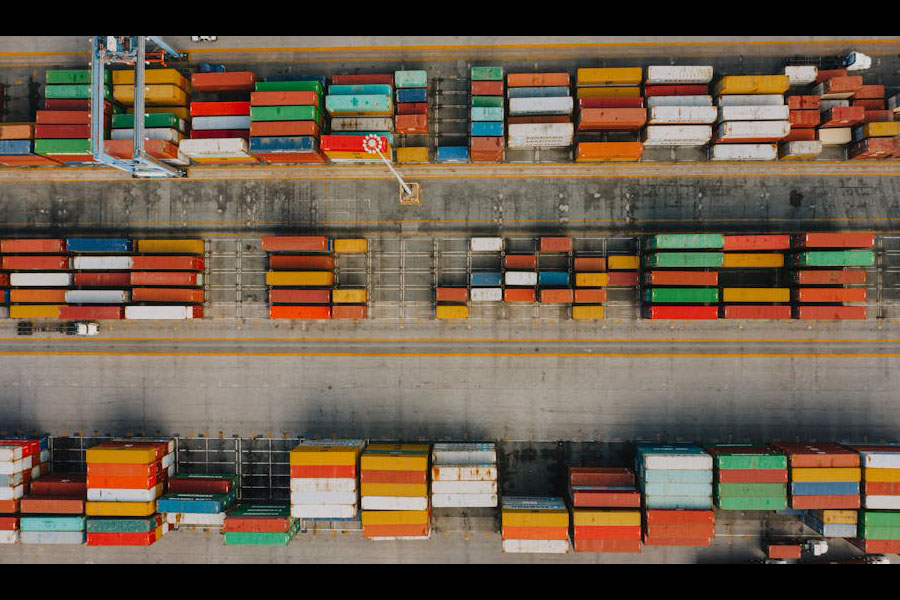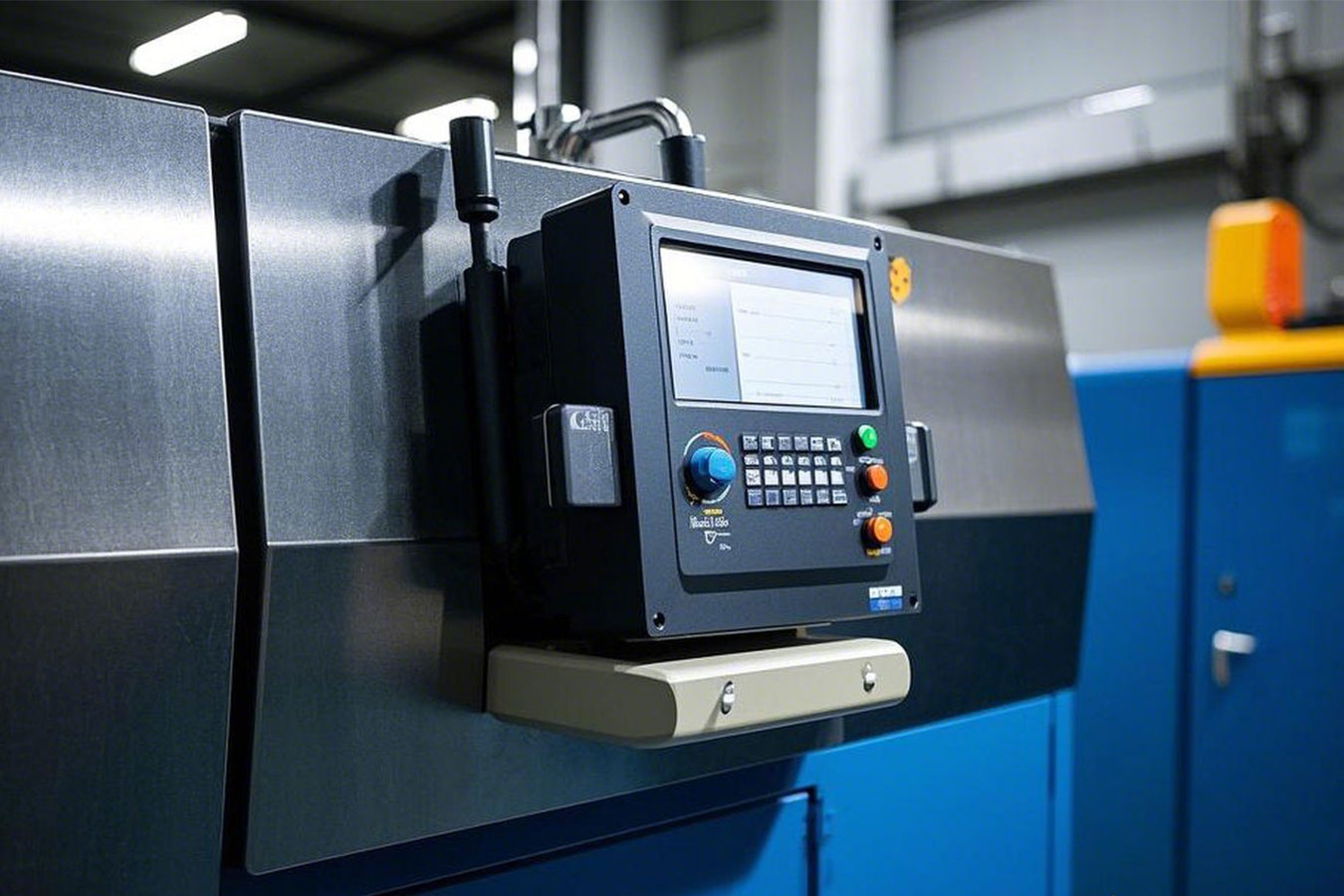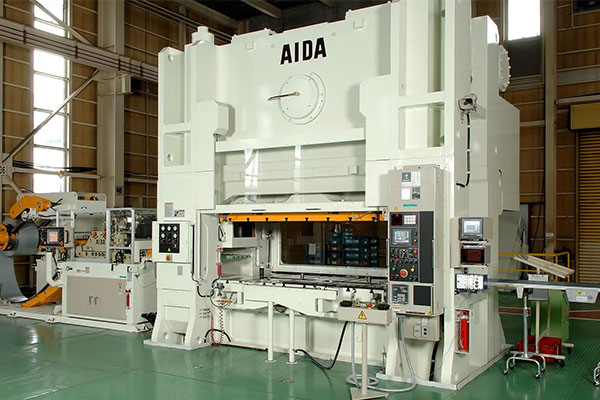- Shanghai Zhongshen International Trade Co., Ltd. - Two decades of trade agency expertise.
- Service Hotline: 139 1787 2118

In recent years, Russian machineryEquipment Importsdemand has continued to grow, but complex customs clearance procedures and volatile certification requirements have left many exporting enterprises trapped in a cycle of repeated document supplementation and delivery delays. This article provides systematic solutions for 12 often-overlooked key points in the export process.
Contents
ToggleWhy is machinery equipmentCompulsory certificationprone to landmines?
Russia imposes strict import controls on machinery products, with the following three characteristics significantly increasing operational complexity:
1.Nested technical certifications: GOST certification requires simultaneous application for EAC marking, with different power equipment requiring different supplementary certificates (e.g., explosion-proof certification EX)
2.Document time sensitivity:It is recommended to verify through the following methods:, quality inspection reports and other documents require Russian notarization 30 days before goods arrive at port
3.Special logistics supervision: When transiting through Customs Union (EAEU) member states, advance declaration of transit supervision codes is required
The 6 most commonly overlooked key links (with countermeasures)
Misclassification of product codes
20% of return shipment cases stem from incorrect HS code selection. Recommendations:
- Verify equipment function descriptions through the Russian Federal Customs website (customs.ru)
- Commission third-party agencies for pre-classification
EAC certification not covering critical components
Typical case: A Jiangsu enterprise exporting CNC machines had an entire shipment detained at Novosibirsk Customs due to failure to separately declare EX certification for spindle motors.
Solutions:
- Mark all components requiring independent certification when creating BOM tables
- Adopt modular certification strategy (whole machine + core components dual certification)
Missing technical document translations
Russian Customs mandatory requirements:
- Operation manuals must include Cyrillic versions
- The electrical schematic diagram shall be marked with the symbols of GOST 2.701 standard.
Improper payment term settings
Recommended payment structure: 30% advance payment + 60% against bill of lading copy + 10% quality guarantee deposit, with simultaneous agreement:
- Price adjustment mechanism when RUB exchange rate fluctuates by more than 5%
- Arbitration clause explicitly selects third-country commercial courts (e.g. Singapore)
Inadequate logistics insurance coverage
Mandatory additional insurance coverage:
- War Risk (Institute War Clauses)
- Strikes, Riots and Civil Commotions (SRCC)
- Special winter transport insurance (applicable below -25°C)
Absence of after-sales service documentation
According to Russian Federation Law No. 123-FZ, machinery products must include:
- Localized service center list (requires Russian Chamber of Commerce certification)
- Key component warranty period classification (recommended: 5 years for main structure, 3 years for transmission system)
End-to-end digital management solutions
Recommended Four-Phase Work Method for zero omissions:
1.Pre-inspection phase: Deploy intelligent compliance system (e.g. CustomsSphere) to automatically capture latest Russian technical regulations
2.Production phase: Embed EAC certification checkpoints in ERP system, triggering 23 types of warning rules
3.Shipping phase: Synchronize document flow updates via blockchain logistics platform (recommend CargoX or TradeLens)
4.After-sales phase: Establish Russian-language IoT remote diagnostic system to comply with Federal Order No. 187 requirements for digital maintenance
Case study: The transformation journey of a Guangdong injection molding machine manufacturer
2023 achievements through standardized process management:
- Certification error rate reduced by 78%
- Average customs clearance time shortened to 4.2 days
- Warranty disputes decreased by 92% year-on-year
Download now: MachineryEquipment ExportRussia Full-Process Self-Checklist (includes 56 inspection points and Russian templates) → Click official website link to obtain professional toolkit
Conclusion: Through digital tools and professional service team collaboration, companies can effectively avoid over 95% of operational risks. Recommend annual participation in Russian Ministry of Industry and Trades IndustrialExpo to obtain first-hand policy updates.
Related Recommendations
? 2025. All Rights Reserved. Shanghai ICP No. 2023007705-2  PSB Record: Shanghai No.31011502009912
PSB Record: Shanghai No.31011502009912










